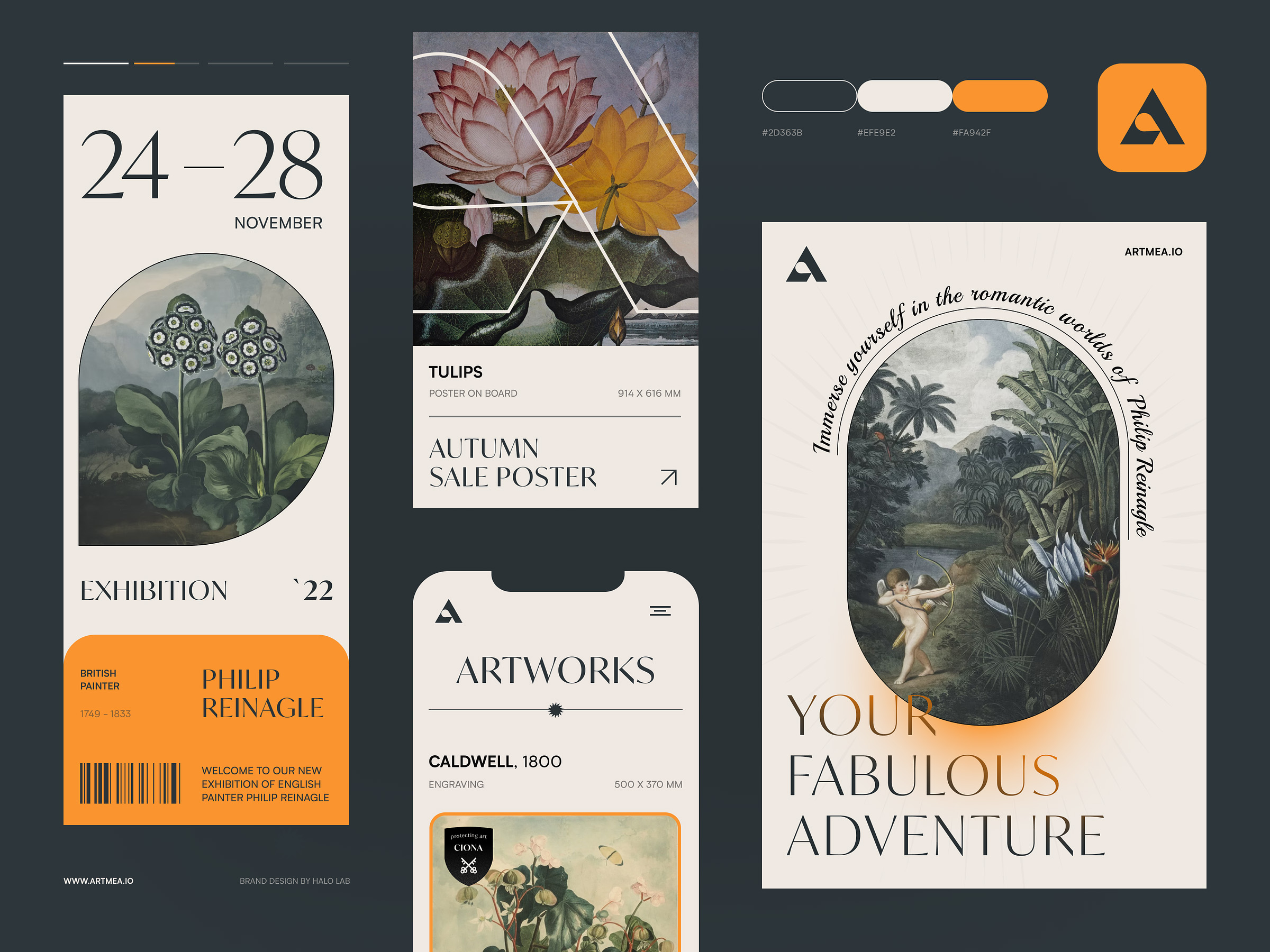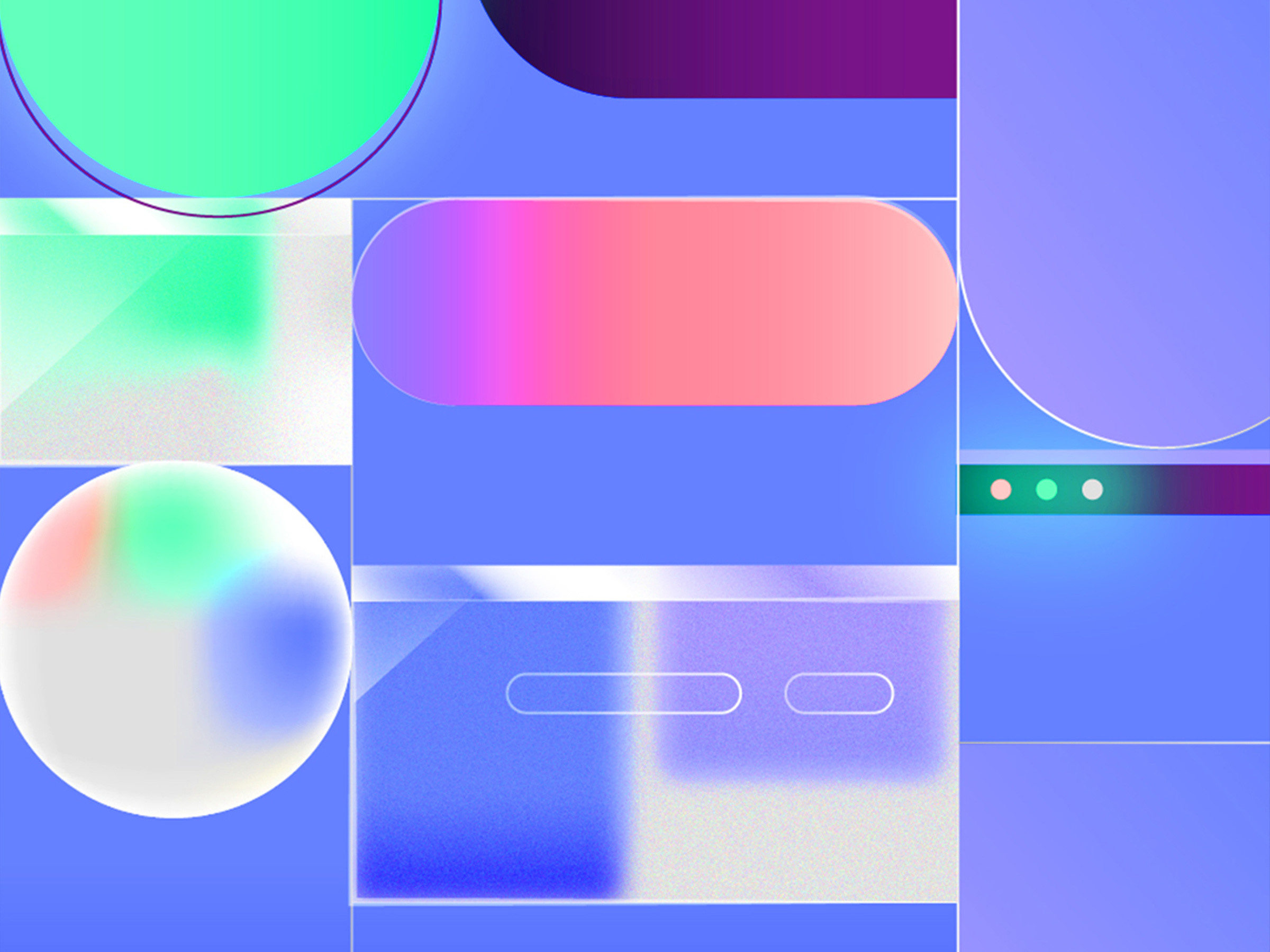In the dynamic world of digital design, harnessing the power of psychology isn’t just an option—it’s a necessity. Welcome to the realm where art meets science, where every hue, shape, and element is more than meets the eye. In this exploration, we delve into seven groundbreaking psychological design strategies that are revolutionizing the way we engage with digital spaces. From the subtle influence of colors to the profound impact of user-centric narratives, these strategies are the secret weapons in creating digital experiences that captivate, resonate, and ultimately, convert. Let’s embark on this journey to unlock the full potential of design, driven by the fascinating intricacies of human psychology.
1. Personalize Your Brand
Unleash your brand’s personality. Visualize your brand as a unique character, full of life and personality, catering to the emotional and practical needs of its audience. Show the human side of your business with compelling images and stories of real people behind the scenes, fostering trust and relatability.
Infuse your unique brand identity with a personal touch. Building a stronger connection with your audience can be achieved by establishing your presence on platforms like YouTube or Instagram. Leverage the compelling art of storytelling to tap into the tremendous potential these platforms offer.
2. Master the Art of Color Psychology
Color is more than a visual treat; it’s a strategic ally. Choose colors that resonate with your business and audience, ensuring they are culturally and emotionally appropriate. A well-chosen color palette not only attracts but also retains user attention, setting the emotional tone for your brand.

Selecting the right color is essential when it:
- Aligns with the business and the product.
- Meets the audience’s expectations.
- Resonates with the cultural nuances, age, gender, social status, etc., of the audience.
- Facilitates attention management.
- Establishes an emotional backdrop.
- Leaves a lasting impression.
3. Harness the Power of Shapes
Shapes speak volumes in silence. Whether geometric or organic, they can evoke a range of emotions from tranquility to curiosity. Select shapes that align with your brand’s message—rounded edges for friendliness, straight lines for stability, dynamic shapes for excitement.

Each shape you choose conveys a story in seconds.
Zigzag:
Symbolizes dynamic changes, new paths, growth, speed, and energy.
Abstract Shapes:
Irregular shapes symbolize lightness and creativity, setting a positive tone.
Spiral:
Linked with motion, progress, and evolution.
Diamond:
As you’ve already gathered, this shape is associated with preciousness, making it suitable for the design of luxurious, high-end products.
Rectangle (Square, Cube):
A static shape associated with order, calmness, and simplicity. Brands seeking to appear practical, stable, and reliable often prefer squares and rectangles.
4. Apply Gestalt Principles for Cohesive Design
Create a unified, intuitive interface using Gestalt principles. These principles help visually connect elements, reduce cognitive load, and make content consumption seamless for your users. Employ continuity, similarity, proximity, and closure to guide users naturally through your design.

5. Direct User Attention Strategically
The effective management of user attention is crucial. Use a mix of contrasting colors, varying sizes, and thoughtful typography to create a visual hierarchy. Guide users from one focal point to another, leading them towards your conversion goals with clear visual cues.
How to highlight key elements in UI design:
- Contrasting colors.
- Variations in sizes (adding larger elements, etc.).
- Altering the background.
- Visual weight (heavier elements appear more important).
- Scaling up or down.
- Complex shapes (interesting objects are more attractive).
- Typography (bold, italic, decorative fonts, capital letters).
- Breaking the pattern (the brain immediately notices deviations).
- Spacious margins (e.g., placing the focal point away from other elements).
- Illustrations.
- Animation.
- 3D images.
Highlighting elements indicates what to focus on, while visual cues guide where to proceed next in your UI design.
6. Minimize Cognitive Load
Reduce mental strain by adhering to familiar design standards and minimizing visual chaos. Structure your content logically and provide clear guidance. Streamline navigation and search functions, and offer immediate feedback for user interactions. Educate users with helpful tutorials and FAQs.
To reduce cognitive load:
- Adhere to standards.
- Minimize visual content.
- Build logical and sequential scenarios.
- Optimize search and navigation.
- Simplify communication.
- Minimize visual clutter.
7. Create Engaging, Interactive Elements
Interactive elements like animations, 3D images, and dynamic content not only capture attention but also enhance the user experience. These elements, when used judiciously, can make your website or application more engaging and memorable.
A engaging website is:
- Simple and user-friendly.
- Valuable and helpful.
- Provides ample opportunities to achieve goals and receive assistance.
Often, engaging dwindles because the interaction process appears too complex, drawn-out, and unclear. Users should have a clear understanding of the effort required to achieve their goals. To perform specific actions, they should see what tools are at their disposal and know where to seek assistance if needed.
In conclusion
The essence of impactful design lies in understanding your users and what drives them. Visualize the end goal as an inspiring beacon, using progress indicators where appropriate to boost motivation and engagement. Remember, the true value of a product transcends its price tag. It’s about convincing people that it will enhance their lives, whether through comfort, health, self-esteem, achievements, or mood. In a market flooded with choices, standing out requires offering additional value that resonates deeply with your audience’s needs and aspirations. By doing so, you create not just a product, but a meaningful experience that enriches lives.

